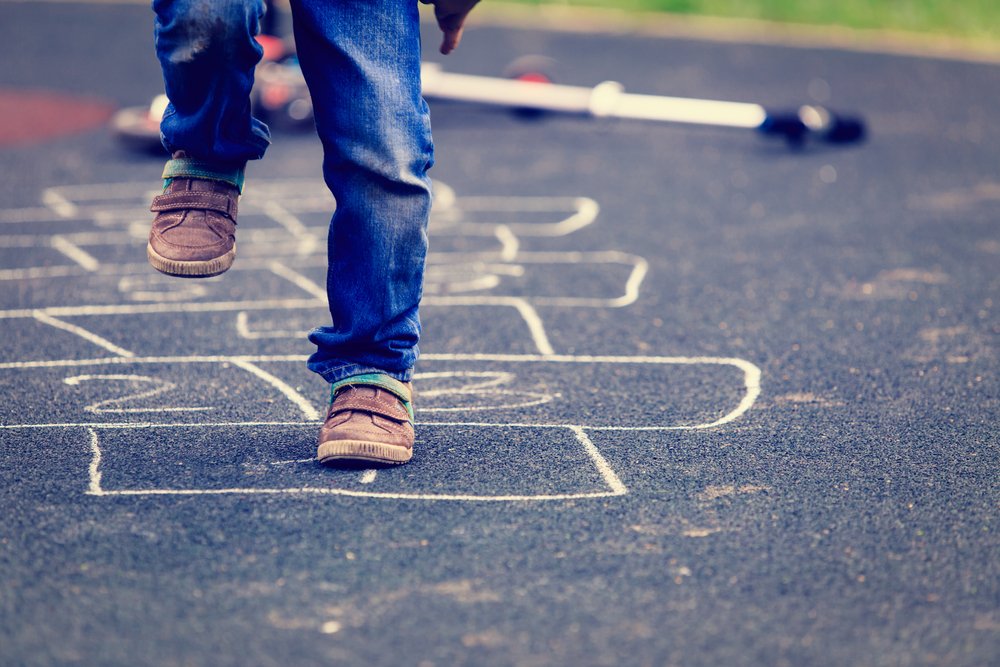Key points:
- Physical development includes gross and fine motor skills, involving large and small muscle movements.
- Milestones like crawling and scribbling indicate your child’s motor skill progress.
- Big muscles support head control, sitting, and more, while fine motor skills depend on them.
- Strong motor skills impact self-care, concentration, and cognitive processes, so encourage active play for a solid muscle foundation.
Your little one’s physical development is divided in gross and fine motor skills. The first involves big muscles and large body movements like running, climbing, and jumping. Fine motor skills involve small muscles and precise movements; manipulating objects, coloring, or cutting are some activities which promote your child’s fine motor development.
Physical milestones are more noticeable when your child starts crawling, scribbling, and walking; but ever since they were born, they’ve been on the path of conquering multiple motor milestones. Their big muscles allowed them to support their own head, sit down, roll over and soon enough crawl everywhere. As they gained large muscle control over their arms, they were able to use smaller muscles to reach for objects, manipulate small toys, and, later, grab a crayon.
Your child’s growing dexterity and hand control depend on the strength of their big muscles as well. The coordinated efforts of the brain and muscles are built on the gross motor skills and allow them to make bigger movements. Core strength is essential so they can sit on a kids table and play with their crayons. Posture control is needed for them to move their hands and fingers when they draw or flip through book pages. It’s all connected! Strong motor skills will also reflect on their self-care abilities as they open their lunchbox, pull up their pants, button their shirt, learn to use the toilet, etc. It will also influence cognitive processes like concentration, attention, and memory when performing a task.
It doesn’t matter in which developmental stage your child is, it’s important to help them build a strong muscle foundation for the future. During play time try to involve their big muscles with exercises such as rolling and sitting, crawling around, playing ball, jumping, and chasing each other. A daily dose of active movement will develop their balance, coordination, body awareness, postural control, and strength. It will also form the basis for the precise movements needed for holding a crayon, stacking blocks, scribbling, and working with zippers.








